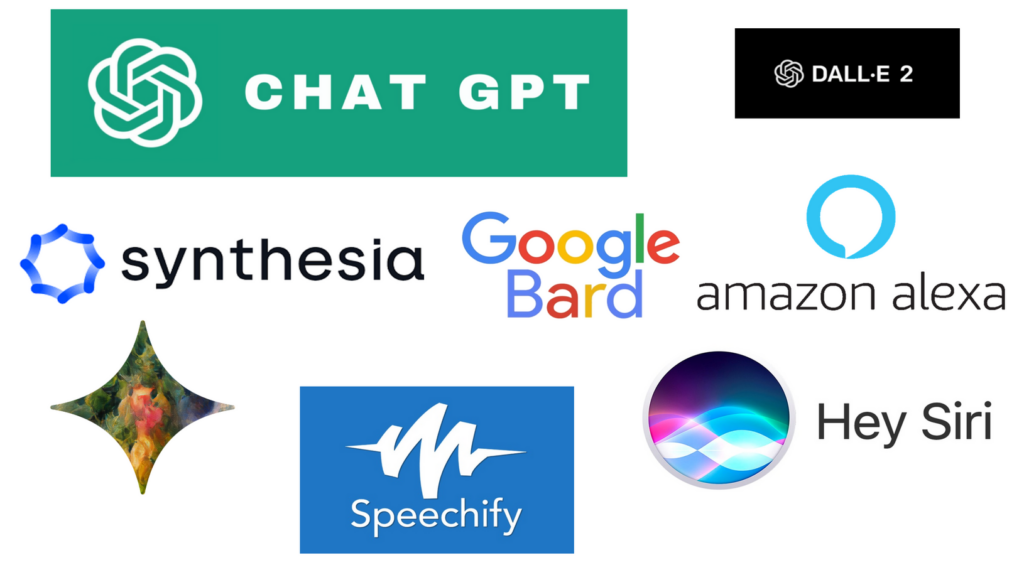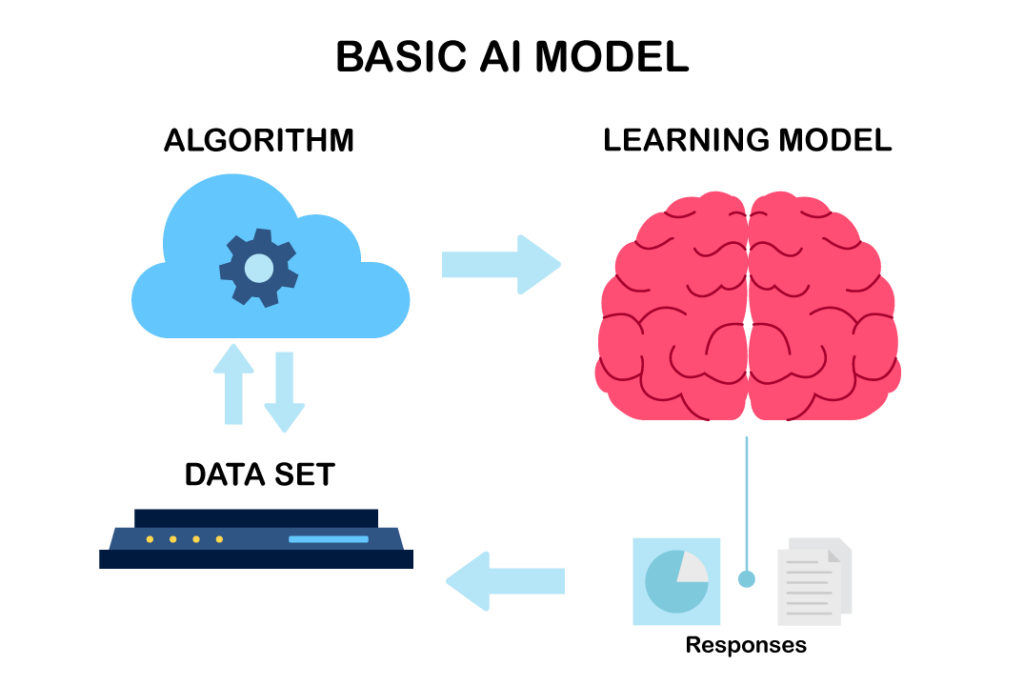- Sponsor Article
Transforming Public Finance: The Role of Artificial Intelligence
Article from Dan Rodriguez at ImageMaster exploring the ways in which artificial intelligence is transforming public finance worldwide and the important legal questions its rise poses.

In recent years, Artificial Intelligence (AI) has emerged as a transformative force in various industries, and public finance is no exception. Governments around the world are increasingly turning to AI to streamline processes, improve decision-making, and enhance the overall efficiency of the municipal market. As AI becomes more deeply ingrained in these processes, it also brings forth a host of legal considerations that demand careful attention and regulation.
To effectively assess the potential application of AI in your legal practice, it is important to have a clear understanding of what Artificial Intelligence entails and how it operates. Essentially, AI is software designed to recognize and grasp patterns. These patterns are generated from either a data source or pre-existing data within the software, as well as from user input or actions. To identify these patterns, AI employs an algorithm, which is essentially a set of rules.
AI has the ability to learn patterns from various types of information, such as language, images, audio, online behavior, and more. By utilizing patterns from both new and existing data, AI is capable of making predictions and performing tasks that typically require human intelligence, like determining which products we are likely to purchase or completing a sentence in an email.
AI technology is composed of three key components: the algorithm, which identifies patterns; the data set or data source, which is the information processed by the algorithm; and the learning model, which generates a response or output, often predicting the next step. As Becca Ricks1, a researcher at Mozilla, explains, the algorithm can be thought of as the program that interacts with the dataset, while the model is the output that provides predictions.

Neural networks, the machine learning models employed by modern chatbots, are designed to mimic the structure of the human brain. These models continuously learn intricate patterns to generate predictions and suggestions. When it comes to chatbots, these models become adept at sounding human-like by learning language patterns from vast amounts of both existing and fresh data.
Can AI produce inaccurate responses? Certainly. AI models learn from data, which can be erroneous or incomplete. Popular online service ChatGPT, for instance, uses a language model trained on internet data and has produced favorable results. However, despite its superiority in legal reasoning compared to other AI chatbots, GPT-4, as mentioned in the New Scientist2, still falls short of possessing the depth of knowledge required by human lawyers. The history of unsuccessful attempts to introduce AI chatbots in courtrooms serves as evidence that AI is not currently equipped to handle the complexities involved in real-world legal conflicts.
The advancement of AI technology is rapidly occurring, and it is expected that in the near future, it will revolutionize the field of law. This transformation will enable legal professionals to allocate less time to mundane tasks and instead focus on honing their skills as exceptional lawyers.
Sources:
1. https://blog.mozilla.org/en/internet-culture/how-does-ai-work
2. https://www.newscientist.com/article/2390708-gpt-4-wins-chatbot-lawyer-contest-but-is-still-not-as-good-as-humans/
Disclaimer: Because opinions with respect to the interpretation of state and federal laws relating to municipal obligations frequently differ, the National Association of Bond Lawyers (“NABL”) has given the sponsors who contribute to the Thought Leadership Column the opportunity to express their individual legal interpretations, opinions, and positions. These interpretations, opinions, and positions, whether explicit or implicit, are not intended to reflect any position of NABL or of the law firms or organizations with which the authors are associated, unless they have been specifically adopted by such organizations.